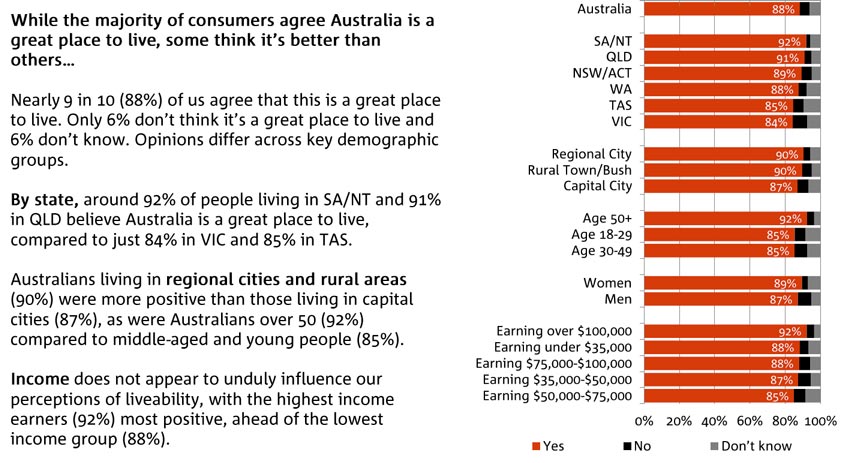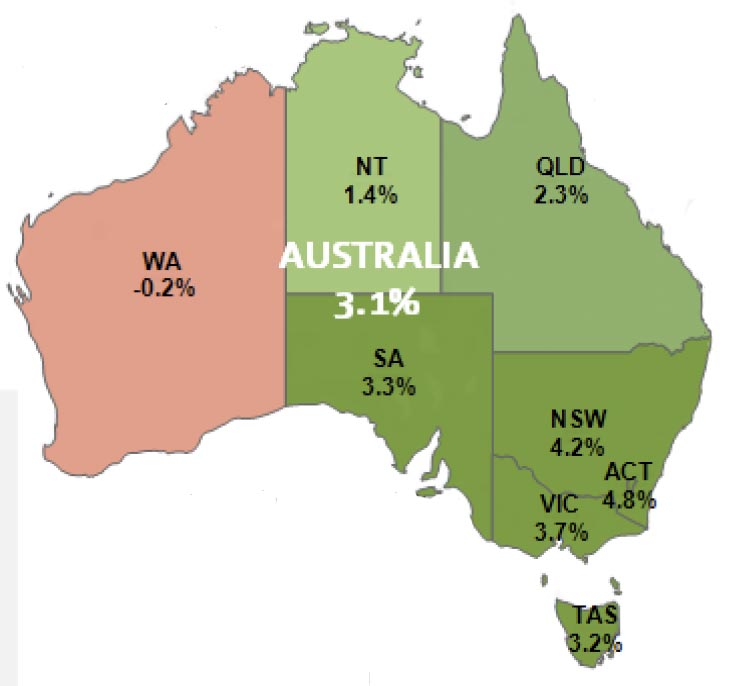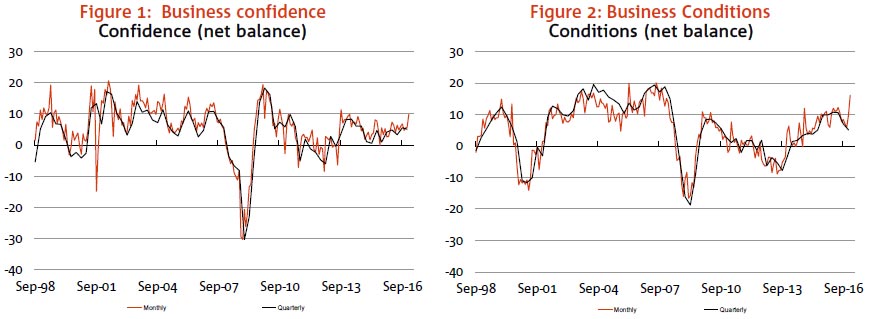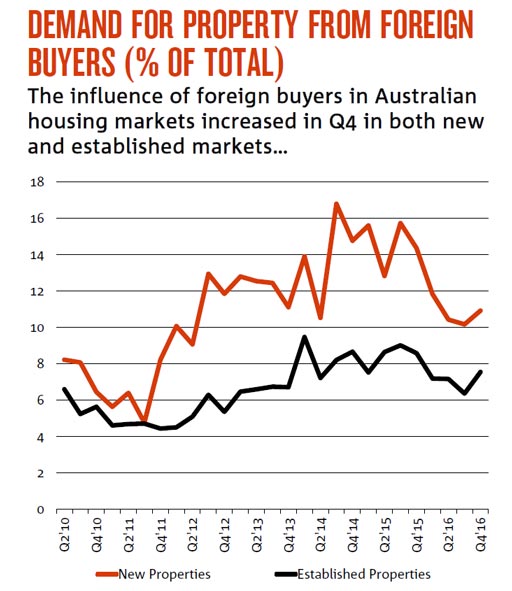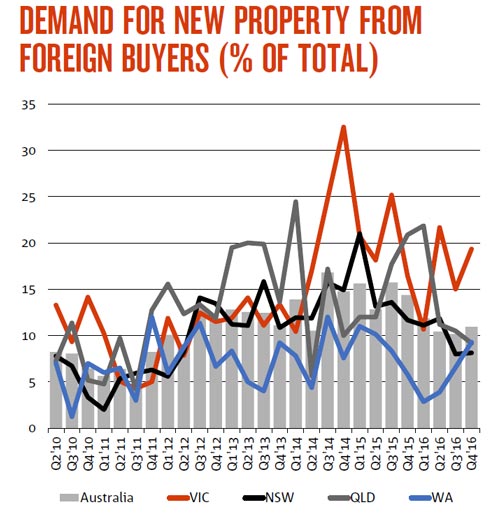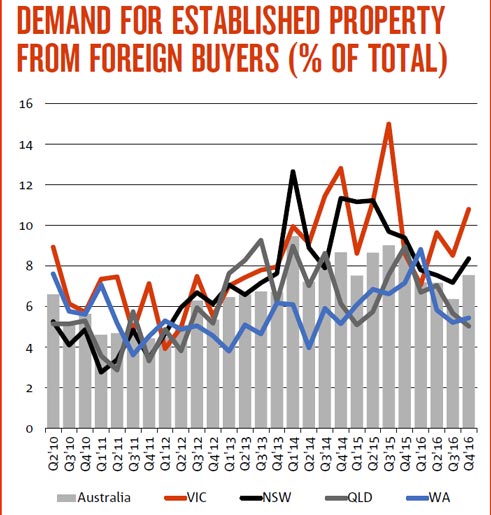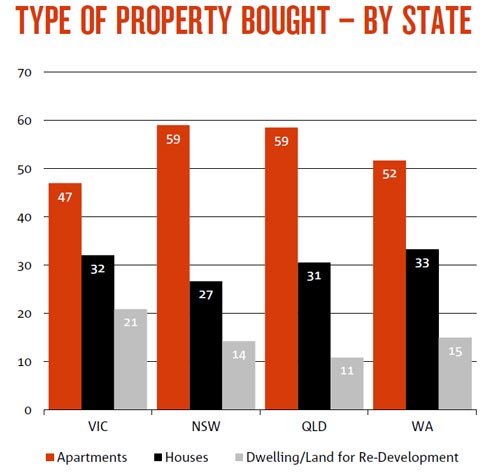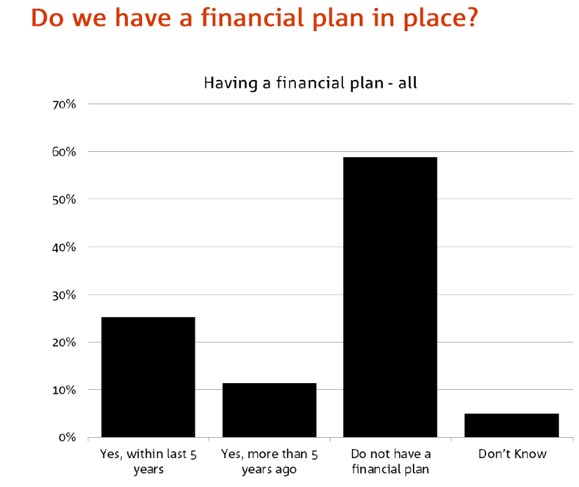NAB says its superannuation trustee, NULIS, has commissioned an independent Assurance Review into its superannuation business. ASIC also made a release.

This follows an agreement with the corporate regulator, the Australian Securities and Investments Commission (ASIC), that the Review will be the subject of additional conditions on the Trustee’s licence.
NAB has worked cooperatively with ASIC throughout this process, with a combined focus on doing the right thing by our customers.
Acting Executive General Manager, Wealth Products, Garry Mulcahy said: “We support the Assurance Review as it will give our customers further confidence in the systems and processes supporting our superannuation business, following a period of significant transformation.
“Over the past five years, we’ve made substantial changes to upgrade and simplify our superannuation business to better serve our customers’ needs.
“We’ve merged five of our super funds to create Australia’s largest retail super fund, the MLC Super Fund, with $70 billion funds under management, and we’ve also implemented significant regulatory change, including Future of Financial Advice (FoFA) reforms and Stronger Super.
“We have improved our structure that will allow us to continue to innovate. The Review will provide independent assurance that our fund governance is delivering for our customers,” Mr Mulcahy said.
External consultants, KPMG, will conduct the Review with the first report to be provided to ASIC and the Trustee by July 2017.
We have also updated the details of the remediation program for corporate superannuation customers in relation to Plan Service Fees, previously announced on the 27 October 2016. NAB confirms a total of $34.7 million will be paid to approximately 220,000 customer accounts, with the average compensation amount per customer account expected to be approximately $150.
In addition, we have identified ten customers in the MasterKey Business Super and Masterkey Personal Super products that were impacted when we upgraded their life insurance benefits in 2013. While approximately 400,000 customers were provided access to improved life insurance through this 2013 change, 10 customers had claims incorrectly declined and we’ve paid $1.8 million in additional insurance benefits to these customers.
Mr Mulcahy said that our focus has been to do the right thing by our customers.
“Our intention with the proactive restructuring of our corporate super products and the upgrade of insurance products was to do the right thing by our customers, and we did provide equivalent or better outcomes for customers. However, we didn’t execute the change well and we’re sorry to those customers affected,” Mr Mulcahy said.
About the Assurance Review program
The Assurance Review program is an in depth review into the superannuation business. The Review is intended to provide assurance on the continued fairness and efficiency of key aspects of the superannuation business.
The scope of the Assurance Review will include:
- risk management procedures;
- process for implementing product changes, disclosure and reporting to members, and
procedures for managing conflicts of interest within NAB’s superannuation business, including the assessment of related party service providers.
Here is what ASIC said:
ASIC has imposed additional licence conditions on the Australian financial services (AFS) licence of NAB’s superannuation trustee, NULIS Nominees (Australia) Limited (NULIS), following breakdowns in internal procedures.
The conditions require NULIS to engage an ASIC-approved independent expert to assess and report on the adequacy of its compliance and risk management practices for its retail and wrap superannuation funds. NULIS has agreed to the conditions, and KPMG has been appointed as the independent expert.
The conditions were imposed on NULIS following ASIC’s enquiries into a breach reports lodged by NAB’s wealth entities. The breaches involved a breakdown in risk management and communication procedures following the transfer in 2012 and 2013 of all members in a number of products to MLC MasterKey Business Super (MKBS) and MLC MasterKey Personal Super (MKPS), as well as changes made to the death and total and permanent disablement (TPD) insurance of MKBS and MKPS members. Approximately 400,000 members were impacted by the insurance changes.
System breakdowns included:
- inadequate disclosure of insurance changes to members;
- inadequate training for staff, and
- insurance policies not being updated.
As a result of the breakdowns, incorrect death and TPD insurance tests were applied to MKBS and MKPS members between May 2013 and July 2015.
NAB’s wealth entities have identified that 10 members’ insurance claims were incorrectly assessed with approximately $1.6 million in members’ claims underpaid or declined. NAB has compensated affected members a total of $1.8 million, including interest.
In addition, NAB’s wealth entities identified that over 220,000 member accounts were incorrectly charged planned service fees (PSFs) of approximately $34.7 million between September 2012 and October 2016 in the MKPS and MKBS products. Fund members were charged PSFs for the provision of general advice in circumstances where no plan adviser had been appointed to provide such advice. ASIC’s report Financial advice: Fees for no service issued in October 2016 (Rep 499) included part of this amount in the estimates of compensation to be paid to consumers for such failures. Since the release of that report, NAB has confirmed that it will compensate these fund members for the incorrect charge and have also confirmed the compensation to be paid. ASIC’s inquiries into the PSF breaches are continuing.
The independent expert’s review will consider, among other things NULIS’:
- risk management procedures;
- process for implementing product changes, disclosure and reporting to members, and
- procedures for managing conflicts of interest within NAB’s superannuation business, including the assessment of related party service providers.
The independent expert will report to ASIC and NULIS and provide recommendations as to any steps that should be taken by NULIS to ensure that its procedures are adequate. NULIS is also required, under the licence conditions, to inform ASIC of any recommendations that it does not propose to implement and provide reasons.
ASIC Commissioner Peter Kell said, “The additional conditions imposed on NULIS’ AFS licence reflect ASIC’s priority of improving compliance and disclosure standards in the superannuation industry, including vertically integrated financial services licensees.”
ASIC acknowledges the cooperative approach taken by NAB and NULIS in this matter.
Background
On 1 July 2016, NAB restructured its superannuation business by transferring five superannuation funds (including the MKBS and MKPS products) into the MLC Super Fund. NULIS also became the trustee of the transferred funds.
ASIC is focussed on ensuring that AFS licensees maintain appropriate risk and compliance management frameworks. The handling of conflicts of interest within the financial services industry is an area of concern to ASIC and ASIC recently undertook a review of the practices of major industry participants in the funds management area. A summary of our findings appears in ASIC Report REP 474 Culture, conduct and conflicts in vertically integrated businesses in the funds management industry.

